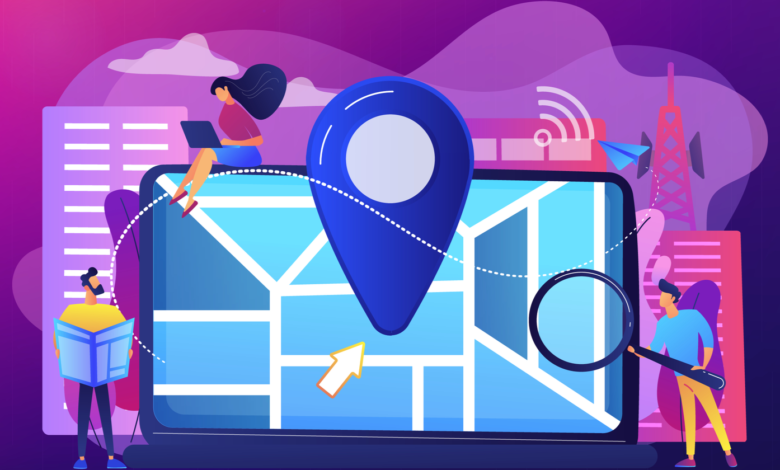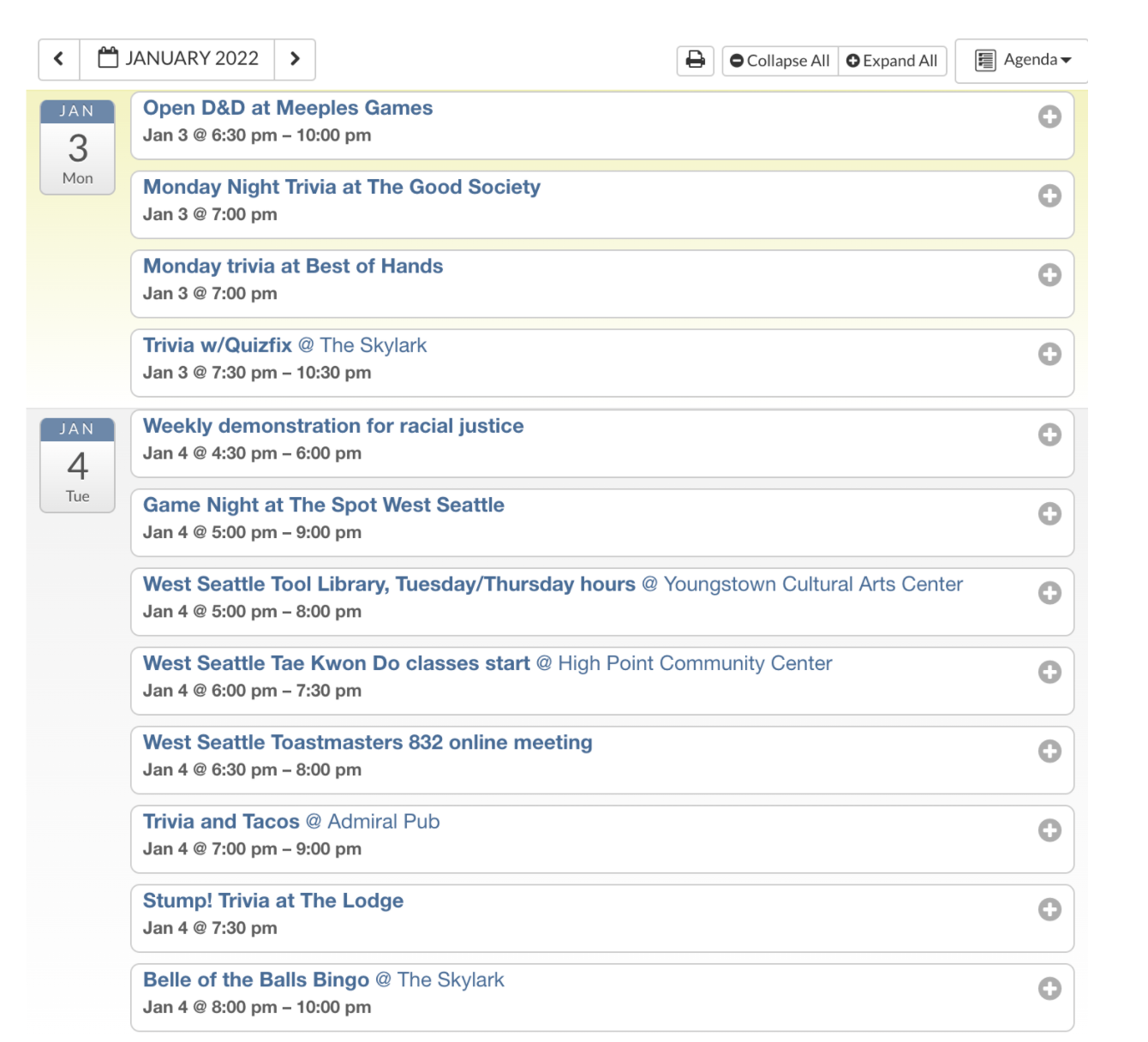How To Create A Winning Local SEO Content Strategy

Local SEO has historically been seen as the art of optimizing directory, business Google profiles, and ads that run locally.
And while these methods are effective at getting you found in local search, they are just the tip of the iceberg of a successful local SEO strategy.
Content plays a bigger role in local SEO than you might think. Whether it’s optimizing your web pages for local terms or posting on local business blogs, content marketing can and should be part of your local SEO approach.
Here’s how to leverage content for your local SEO strategy and drive more visitors to your local business.
Localize your web content
The first step in your local SEO content strategy should be optimizing your web pages for the local terms that potential customers search for the most. This requires keyword research to find the right terms for your local market.
Tools like Semrush allow you to discover geo-specific keywords that users are searching for based on where they are looking for services or business.
This tool also detects search volume and competition to help you decide which terms are right for your business.
For example, let’s say you’re a family attorney based in New York and looking to improve your existing services and web pages. You can use keyword tools to find localized terms (in this case, “NY” + “family attorney”) for your website.
Then, you can find the terms that map best to the service pages on your website. for example:
- Home: “New York Family Law Attorneys.”
- Divorce Law: New York Divorce Office.
- Adoption Law: “Adoption Lawyer.”
Optimize your local web pages
Once you’ve identified the terms you want to target, it’s time to optimize your content for those search terms.
To do this, follow on-page SEO best practices on your web pages:
- Include your target keyword in your web page URL (exact keyword is not required).
- Include your target keyword in the title tag of your website.
- Write a short and informative cover description.
- Write useful, keyword-rich content.
- Add images with enhanced image alt text.
- Use H1, H2, and H3 headings throughout the page.
- Link internally to relevant pages on your website.
Every webpage on your site should be optimized for a unique keyword (if any) to prevent too many webpages competing for the same term.
Make sure to choose a keyword that is more relevant to the topic of the page or post content.
Add a detailed contact page
Your contact page provides valuable context for Google and your users as to where your business is and what it is all about.
A non-optimized contact page is a missed opportunity to reach local users.
Your contact page should effectively but succinctly describe your business and where it is located. For effective optimization, it is best to include:
- Your official business name.
- Your local business address.
- Your business hours.
- Directions to your physical location.
- Embedded map of your business.
- Your business contact information (phone number and email address).
- A contact form for users to reach you.
By optimizing your contact page, you make it easier for users to see where you are and to contact you.
At the same time, this sends signals to Google to help its algorithm understand where your business is, increasing the likelihood of you ranking in local search.
Write local content
Your web pages are not the only place for local content on your website. Your blog can also attract local users who are interested in your services.
You can write about local events, local trends, scholarships, local business updates, and more to engage your local audience. Get creative with your blog content to expand your reach to your local market.
Consider writing local “Top 10” or “Best of” lists relevant to your industry. Or publish how-to guides for your location – for example, guides for tourists visiting your area. This can help you reach a relevant local audience.
An IT company in Canada, for example, decided to target local auto dealerships by posting about local auto events, IT trends, and more. They’ve been able to expand their content marketing beyond their initial reach to small, local businesses.
Submit guest posts on local publishers
Guest posting is a popular and effective content marketing strategy for driving links and traffic to your website. Guest posting can serve your local SEO efforts as well.
Reach out to local businesses for guest publishing opportunities. You may not always get a link, but you can use your existing readership to your advantage and increase your local traffic.
For example, WestSeattleBlog.com and VisitSeattle.org are both local and certified Seattle publishers who often post content from local businesses and bloggers.
If you’re a Seattle business owner, a feature on one of these sites could earn you some valuable traffic.
Write about local events and activities
Your local community will likely have its own buzz about activities and events in your area.
This means that people are also searching for this content. This presents an opportunity for you to cut through the noise.
 Screenshot from WestSeattleBlog.com, January 2022
Screenshot from WestSeattleBlog.com, January 2022Is there a big conference coming to town? A sporting event that makes a lot of noise?
These are just two examples of potential content opportunities that can drive local traffic to your site.
Keep an eye out for local topics like:
- Sports Events.
- networking events.
- Performances and concerts.
- conferences.
- seasonal events.
- speaking events.
- local festivities.
Grow your local audience on social media
There are billions of users on social media every year; Chances are, there are many in your area. This means that many of your target customers are already on Facebook, Instagram, and the like.
Promote your blog and website content on social media to engage followers and grow your local following. You can also join local Facebook groups and LinkedIn groups to target users in your area.
You can then share site-specific content to reach your target consumers. Follow local event pages and companies to see what they’re posting to get people’s attention.
Let’s say you’re a digital marketer in Denver, Colorado looking to attract more local clients. You can write a blog post about an upcoming business event and share it on social media to drive some extra traffic.
Next, find relevant Facebook groups to share your content.
Avoid common mistakes with local SEO
You can create the best content in the world, but if users don’t discover it, you won’t attract the local traffic you deserve.
That’s why while it’s best to follow the tips above to do things right, you’ll also want to avoid some common local SEO mistakes as well.
These errors include:
- Not using local keyword targets in your content.
- Neglecting to earn customer reviews.
- Having an inconsistent name, address, phone number, and website information (NAPW).
- No directory listings.
- No Google Business Profile.
If you are going to go through the efforts of creating a local SEO content strategy, make sure you tick all the boxes.
This way, your content will be prepared to reach users across many platforms – not just Google.
More resources:
- A complete local SEO checklist
- 15 Local SEO Mistakes and How to Avoid Them
- Local SEO: The Ultimate Guide to Optimizing Local Search
Featured image: Shutterstock / Visual Generation



![6 Major Changes To Content Marketing In 2022 [Report Recap]](https://altwhed.com/wp-content/uploads/2023/01/6-Major-Changes-To-Content-Marketing-In-2022-Report-Recap-390x220.jpg)
